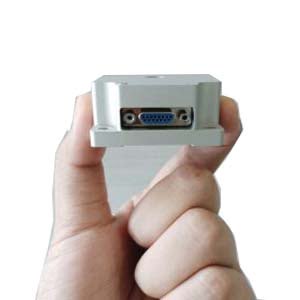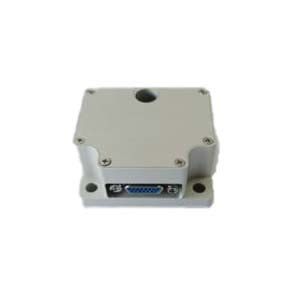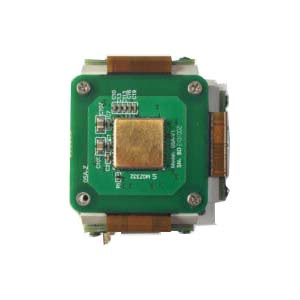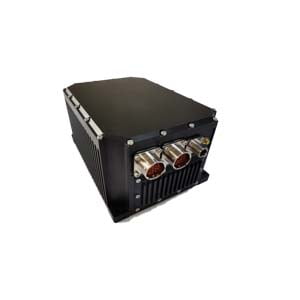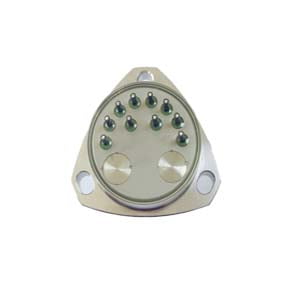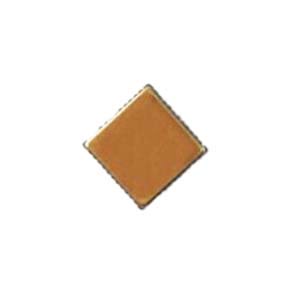IMU
Inertial Measurement Unit is a device that measures the three-axis attitude angle (or angular rate) and acceleration of an object.
Generally, an IMU contains three single-axis accelerometers and three single-axis gyroscopes which measures the angular velocity and acceleration of an object in three-dimensional space.The accelerometer detects the acceleration signal of the object in the independent three-axis of the carrier coordinate system, and the gyroscope detects the angular velocity signal of the carrier relative to the navigation coordinate system.
IMU can be divided into RLG IMU, FOG IMU, MEMS IMU, etc. based on the different core sensors used. For example, ERICCO's MEMS IMU ER-MIMU-06, an IMU is installed with gyroscopes and accelerometers on orthogonal three axes, with a total of 6 degrees of freedom, to measure the angular velocity and acceleration of objects in three-dimensional space, which is well known to us "6-axis IMU". Alternatively, the IMU can add a magnetometer to the accelerometer and gyroscope to form a "9-axis IMU".
AHRS
AHRS (Attitude and Heading Reference System) is an attitude reference system built on the basis of a 9-axis sensor IMU with a magnetometer added. Because the heading angle has the reference of the geomagnetic field, it will not drift, but the geomagnetic field is very weak and is often disturbed by surrounding objects with a magnetic field. The more orthogonal the magnetic field and the gravitational field, the better the attitude measurement effect, that is to say, if the magnetic field and the gravitational field are parallel, such as the geomagnetic north and south poles, the AHRS cannot be used.
VRU
VRU stands for Vertical Reference Unit, vertical reference unit (vertical gyro). The hardware structure is the same as the IMU. Using the Kalman filter algorithm, based on the output data of the IMU, the output of the pitch and roll angles is added. Some VRUs also output the relative azimuth angle, also known as the Euler angle output. The performance that a VRU can achieve is very dependent on the algorithmic capabilities of the engineer.
GNSS
Global Navigation Satellite System, including GPS (USA), GLONASS (GLONASS in Russia), Beidou Satellite Navigation System (BDS)
INS
The full name of Inertial Navigation System is the inertial navigation system. The IMU is a device for measuring angular velocity and acceleration, and the INS is to determine the movement of the moving carrier in the inertial reference coordinates through the measured angular velocity and acceleration values.
More Technical Questions
1.What are the advantages of MEMS IMU?
2.How do parameters affect the performance of the quartz accelerometer?
3.Analysis of Typical Applications of MEMS Sensors
4.Feasibility Analysis of MEMS Gyro North Seeking
5.Research Background and Current Status of MEMS IMU
6.What is INS and How does it Work?
Products in Article
